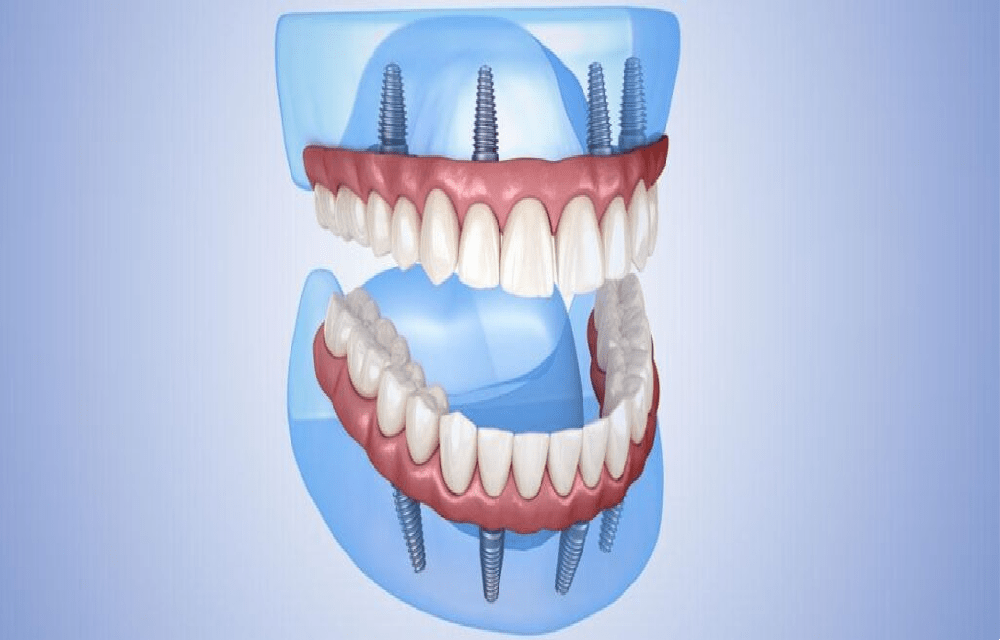Novusklinik

Call us
Allon-4 Implant
All-On-4 Implant All-on-4 is a treatment option that is applied especially in the back areas for bone deficiency and allows...
Read more...Dental Treatment with General Anesthesia
Local anesthesia is often sufficient in dental treatment. In special cases, dental treatments can be performed comfortably under general anesthesia. Patients who have fear and anxiety of the dental chair and patients with special conditions can have their treatment performed under general anesthesia.

Frequently Asked Questions About Dental Treatments with General Anesthesia
Who Can Have Dental Treatment with General Anesthesia?
✓ People with dentist phobia.
✓ People with nausea and gag reflex.
✓ People whose chronic health problems need to be maintained under control.
✓ People with a tumor in their jaw.
✓ People with mental disabilities.
How is Dental Treatment Performed with General Anesthesia?
General anesthesia is administered in the hospital. The anesthesiologist determines the suitability of the person to be treated. The treatment of people whose analyses are suitable is carried out by the dentist in the operating room under general anesthesia. After the operation, the person is taken to the room where s/he will rest, and s/he is discharged the next day after spending the night in the hospital.
What are the Advantages of Dental Treatment with General Anesthesia?
✓ There is no fear and anxiety experienced during the operation.
✓ There is no feeling of pain or ache.
✓ Dental treatment, which is postponed or cannot be performed due to special reasons, is completed in a single session.
[Performing dental treatment under general anesthesia is a special case. General anesthesia provides a comfortable treatment for people in this group.]
Would you like us to call you and give information?
Contact us for detailed information about our treatments and for an appointment.
Novusklinik at Instagram
Error: No feed with the ID 1 found.
Please go to the Instagram Feed settings page to create a feed.
Novusklinik at Youtube

Call us
Allon-4 Implant
All-On-4 Implant All-on-4 is a treatment option that is applied especially in the back areas for bone deficiency and allows...
Read more...
